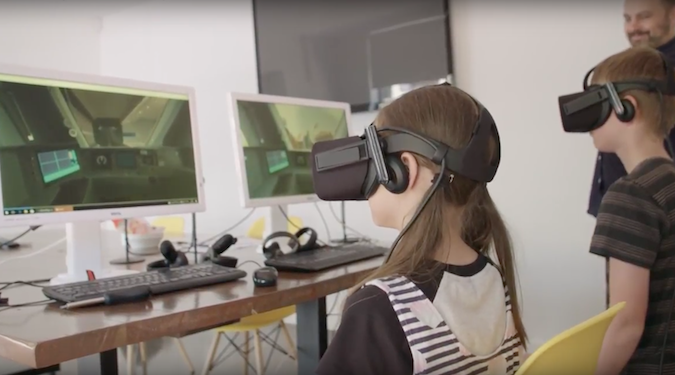Happy accidents – using VR to deliver breakthrough consumer insights
Share
A New Zealand researcher has come up with a novel way to address the requirements of his PhD thesis while at the same time finding a new frontier of measuring consumer behaviour, writes Tracey Porter.
This article originally appeared in The Dream Issue, our October/November 2018 print edition of Marketing magazine.
New Zealanders are renowned for their ‘number eight wire’ mentality – a colloquial term that describes Kiwi ingenuity.
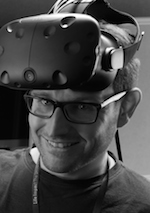 But resourcefulness means different things to different people. For Massey University marketing student Alexander Schnack, it meant the frustration arising from a lack of reliable tools to measure consumer tastes left him with no choice but to develop his own, using an old game station and a tonne of IP (intellectual property) capability.
But resourcefulness means different things to different people. For Massey University marketing student Alexander Schnack, it meant the frustration arising from a lack of reliable tools to measure consumer tastes left him with no choice but to develop his own, using an old game station and a tonne of IP (intellectual property) capability.
The project began in 2016 when the Palmerston North-based PhD researcher found himself hitting a brick wall when investigating reliable ways of measuring consumer response to product packaging. During the course of his probing, he discovered that much of the research methodology associated with product packaging was over-reliant on surveys. Worse still was the revelation that the findings often delivered inaccurate results.
“I found that people would report buying items when, in reality, they didn’t,” he says, noting participants often feel the need to post-rationalise their decision-making and offer answers they “expected you want to hear.”
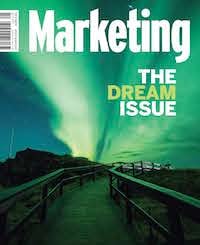 Schnack recognised that he needed to find a way to observe customers firsthand, but was conscious of the high cost associated with observational studies – particularly when they involve comparisons between different packaging types.
Schnack recognised that he needed to find a way to observe customers firsthand, but was conscious of the high cost associated with observational studies – particularly when they involve comparisons between different packaging types.
Initially, he considered setting up the experiment in existing desktop virtual store simulations or in the real world by working with retailers to set up the shelves with the various product offers, but this required a substantial amount of resources – both in terms of hands-on work and money.
Around this time the first virtual reality (VR) headsets were hitting the market. Questioning why no one was using the technology for market research purposes, the 36-year-old began investigating the feasibility of using existing VR stores to test purchase behaviours. Schnack says he thought it would be “awesome” to have a shopping simulation where participants could manipulate the product design and store layout and then researchers could observe how they responded.
“VR simulations mimic a real shop. For example, you have to bend down to pick something up from the bottom shelf, unlike a desktop simulation where you are just clicking on items.
“So, it offers a good trade-off between cost efficiency and realism. It’s much better than rudimentary tools like questionnaires, which are cheap, and a lot less expensive than test market initiatives, which cost millions because they require retailers to reconfigure their stores.”
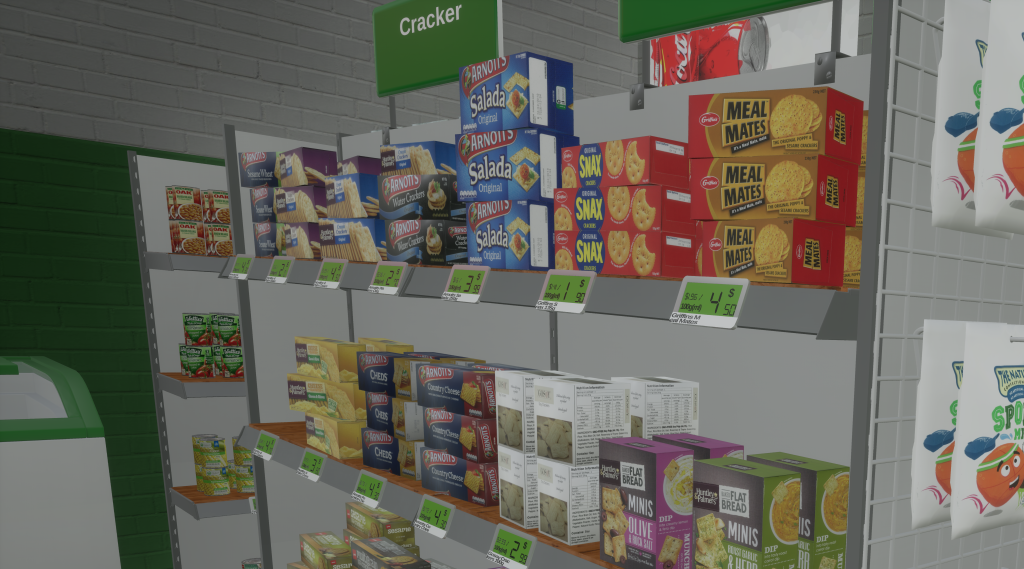
Growing increasingly frustrated by the limitations of the virtual stores he found available, he teamed up with programmer friend Thies Lühmann to commission a digital interface on an existing game platform and constructed his own digital concept, complete with a virtual convenience store. The digital program and VR headgear configuration is unique in that it allows a user to be immersed in a store experience that replicates the real-world experience in a much more comprehensive and innovative way than can be done on desktop computers, the traditional platform of choice.
It was around this point Schnack began involving his supervisor Professor Malcolm Wright, an Australian New Zealand Marketing Academy Fellow and 25-year research veteran, who was able to secure finding for the initial development of the store. Having compared the results of desktop simulation and VR simulation, Schnack says VR was better in terms of usability and telepresence, which describes the degree of involvement in a virtual environment.
“The higher the telepresence, the more realistic people’s behaviour will be,” he says. The interface developed by Schnack allows the user to walk into a customisable store and then observe and interact with items on display. The technology has the ability to track in-store movement and create heat maps based on a consumer’s locations, and even integrate gaze tracking technology, affording the observer an objective and accurate insight into what actually captures the consumer’s attention.
Wright’s knowledge of consumer behaviour and retailing led him to identify fairly early on in the process that Schnack was onto a winner and encouraged him to seek commercialisation of the project through Massey’s spin-off company Consumer Insights Ltd, in which Wright is also involved. It has since been licensed through the group.
It is thought the technology could potentially have a range of practical uses, including the ability for marketers to test product design variations before paying for them to be produced as well as what works best when it comes to product colour, price changes, shelf positioning and labelling, store environment and in the future even aroma. Wright says the key benefits of the technology centre on the fact that once the user steps inside the digital world researchers can observe what catches the user’s eye, what they are most interested in and how they move around the store.
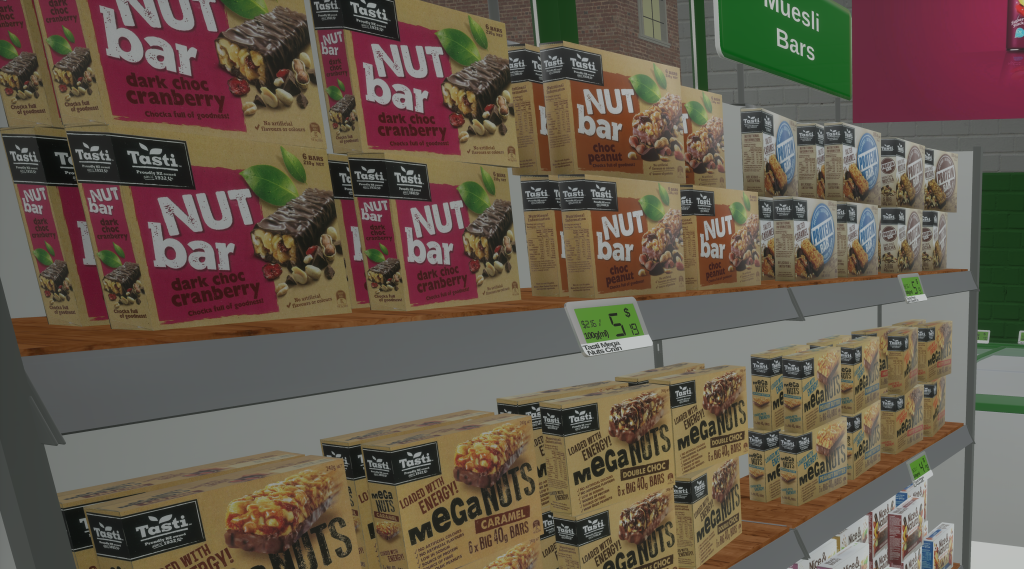
The fact the software has many incidental subconscious cues that persuade people they’re in a real environment, as opposed to a simulated environment, is just one of the ways it is exploring unmarked territory, he says.
“We’ve also chosen a naturalistic environment, a convenience store, that we can model completely. We’ve got all the objects individually modelled, so it’s not like one of the walls is a ‘big photograph’. The attention to detail is really, really close.
“A lot of other VR has just one shelf in a supermarket or if they do have a whole store it’s on a PC and is not immersive. The interesting thing there is that we are using motion tracking, so they can walk around, bend, stretch, peer at things, turn them over and manipulate them.
“I think the fact that respondents can walk around is absolutely key as it engages the proprioceptor (a sensory receptor that receives stimuli from within the body, especially one that responds to position and movement) sense, the sense of location and space. You’re not going to get that on a PC and you won’t get it to the same extent on a static VR headset.
“It’s almost more real than reality. When I saw that Alex was able to achieve that, I thought, ‘Well, we’d better have a crack at commercialising this as well as publishing it’ and that’s what we intend to do.”
Former Harvard Business School marketing professor, Raymond Burke, who is now at Indiana University’s Kelley School of Business, was among the first to incorporate VR technology into shopper research when he produced simulated stores back in the 1990s.
Related: When realities collide – eight ways forward-thinking brands are blending CX with VR and AR »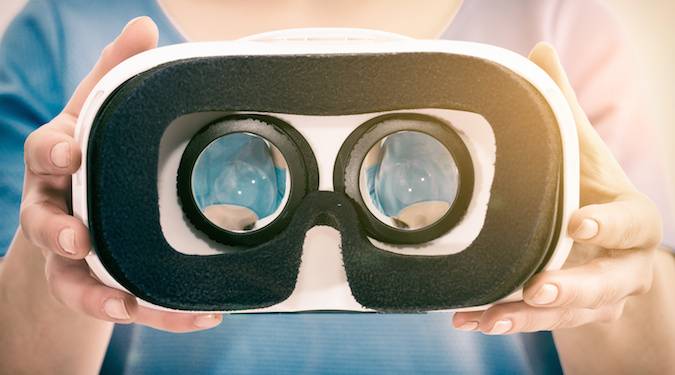
With the technology then only in its infancy, his studies were confined to investigations into things such as pack research and price alterations. At the time, it was “two dimensional and pretty basic,” says Wright, and restricted to doing a single product category at a time. But there has since been much work done to improve it, Wright says, with the ongoing refinement of VR simulations continuing to enhance their performance and expand the range of applications.
“One of the things we can model is a whole shopping trip, just a small one, in a highly controlled environment. We can look at interactions between categories and we can look at the impact of doing things like putting the category in a different location in the store or changing the store to investigate how that changes the whole shop when people take different products from different parts of the store.
“Of course, we can do different stores too, like liquor stores, wine stores, hardware stores. We’ve got all these different options to play with. If you look at questions like ‘where should I put my merchandising in-store?’ or ‘what is the right kind of merchandising display to work in with my national advertising campaign?’ Those are the questions we can start to get at.” Wright says the pair faced a number of challenges in getting the project off the ground, most notably in learning the technology and the software development component.
“It’s a lot to get your head around and there are a million little things that come along,” Wright says. “There are some problems to be solved and one of the big ones is locomotion – how you move people around. Because we’ve chosen a small retail format, we can do that pretty well. But over time there will need to be other solutions to locomotion.”
Getting the technology stable is one ongoing issue on which the pair will continue to work. One of the common criticisms of VR technology is that many respondents complain of motion sickness; while this hasn’t been an issue to date, they’re eager to avoid this type of scenario in the future.
Currently using headsets with tethers, they’re aiming to get the wireless version stable enough for use in their next release. In addition, they have also begun integrating haptic gloves, which they hope will replace the handheld paddle actuators to allow closer manipulation of products in the real environment.
With the aim of eventually building on full commercial contracts, the pair is currently working with Insights IQ at Bauer Media, which integrates the service within its broader insights program. They have also worked with “a couple” of collaborators on small pilot studies, says Wright, and have had detailed discussions with dairy giant Fonterra.
While the service is fully operational, Schnack and Wright are continuing to update and improve the VR environment and human interface tools. Wright says their research has already provided some interesting insights into the way consumers behave in-store, including confirming the fact that women spend more time in-store than men, just as they do in other channels, and during a summertime demonstration in Australia, they found Australians spent a significant amount of time investigating products in the ice-cream aisle. The impact of shelf height has also thrown up some surprises, he says.
Related: Melbourne mums versus Star Wars – 2018 VR Marketing Award shortlist »
“Not only are we seeing a shelf height effect, the effects we are seeing get bigger as the products get heavier. Products in the virtual world are weightless, but the respondents are convinced, so that if you’re looking at shelf height effects on something like soft drinks as opposed to chips, they’re greater for the soft drinks – people are less likely to bend down, compared to when they buy chips. We even had one person go through who opened up the freezer and the misty cold wafted up and she said, ‘Oh, it’s cold’.”
Both Schnack and Wright believe VR has the potential to have a major impact on online sales in the future, as well with systems such as theirs pointing the way away from catalogue-type web shopping and towards virtual shopping.
Getting people to interact online in either two or three dimensions may encourage them to buy more, while complementary purchases and impulse purchasing would also be made easier, Wright says. But that’s only the first stage of transformation with a radically different retail environment the likely result. The design of current retail stores is based on stocking needs with most having a big supply chain logistics warehouse component to them. But what if the stocking constraints were removed, he asks?
“Maybe if you wanted to buy a fancy dinner, you could go to a restaurant and virtually sit at the table, order off a menu and all the ingredients be delivered that way? Or if you wanted to go to a hardware store and instead you went to a part of your house that you wanted to do something to, and the products were arranged in there. Or use a drawer to buy kitchen implements? It’s pretty blue sky stuff, but it is possible.”
But while that eventuality is some time in the future, for now the pair are content to focus on incremental developments. Securing more investment to fund the next few years of development is a key priority, says Wright, as is seeing how far they can push the technology.
“Our ultimate aim is to try and make the future arrive a bit faster.”
* * * * *
To purchase a copy of The Dream Issue or a subscription to Marketing, visit the online store »
* * * * *
Further Reading:


